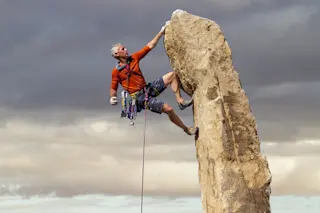When considering extreme environments it is easy to make assumptions about personality, which on closer examination do not stand up to scrutiny. Take, for example, one of the best-researched personality dimensions: introversion-extraversion. Extraversion as a trait appears in all established psychological models of personality, and there is considerable evidence that it has a biological basis. The concepts of introversion and extraversion long ago escaped the confines of academic psychology and are widely used in everyday conversation, albeit in ways that do not always reflect the psychological definitions.
Broadly speaking, individuals who score highly on measures of extraversion tend to seek stimulation, whereas those who score low tend to avoid it. When asked to describe a typical extravert, most people tend to think of the lively ‘party animal,’ equating extraversion with a preference for social interactions. However, individuals who score highly for extraversion seek more than just social stimulation: they also ...














